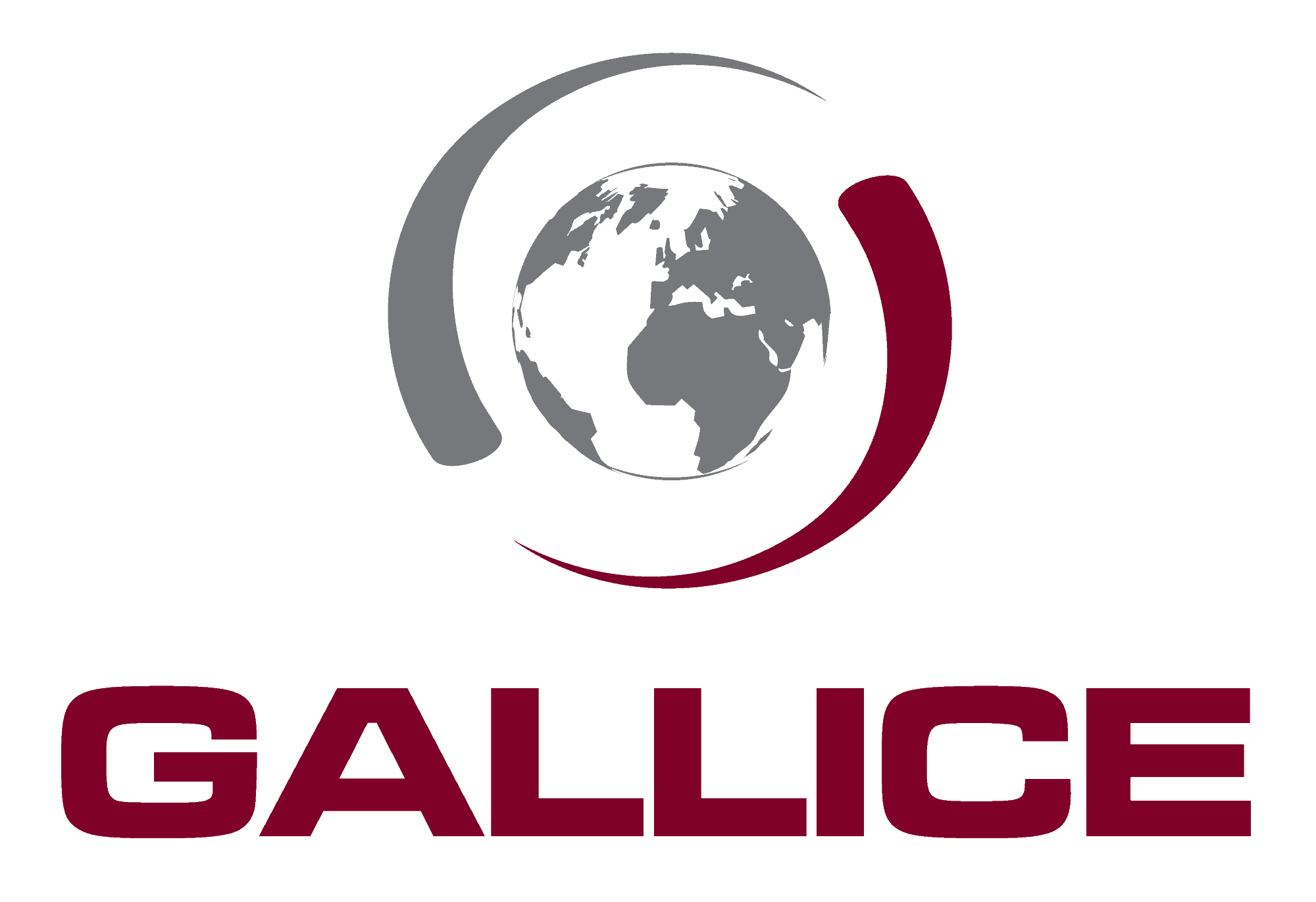PHILIPPINES
Although the Philippines remains a politically stable country, it continues to face multifaceted insecurity, justifying an intermediate security classification (danger level 3/5) and the recommendation of heightened vigilance measures, particularly for foreigners.
The country is confronted with several types of threats:
Urban crime: Major cities such as Manila, Cebu, and Davao experience high levels of criminal activity, including theft, assaults, kidnappings, and extortion, sometimes targeting foreigners. Party and tourist districts, especially in Manila, remain at risk, particularly at night.
Piracy and maritime crime: The southern waters of the country, particularly the Sulu Sea and parts of the Celebes Sea, remain high-risk areas due to the presence of armed groups engaging in piracy, kidnappings for ransom, and attacks on boats.
Armed insurgencies: Two major threats persist.
The Communist Party of the Philippines – New People’s Army (CPP-NPA), active in several regions (Luzon, Masbate, Negros, Leyte, Samar, Mindoro).
Jihadist groups linked to the Islamic State (Abu Sayyaf, Daulah Islamiyah), based in the south of the country (Mindanao, Basilan, Tawi-Tawi, Sulu, Palawan). Despite intensified military operations, these groups retain the capacity to cause harm, notably through attacks, kidnappings, and isolated assaults.
Political violence: Political assassinations are widespread, and the interconnection between banditry, former insurgent groups, and elected officials is very strong. This is particularly evident in Mindanao. The various ruling families of the Philippines exploit this corrupt local political system to have representatives elected and consolidate their power. Furthermore, the division between Marcos Jr and Sara Duterte, despite being allies, could lead to clashes between their respective clans. An emerging or re-emerging actor, the Aquino clan, could also intervene in this power struggle and further heighten the level of violence.
The country remains extremely vulnerable to natural disasters:
Frequent violent typhoons between June and December.
Landslides, particularly in mountainous or deforested areas.
High volcanic activity, with active volcanoes such as Taal and Mayon, which are regularly placed on alert.
In 2024, several destructive typhoons affected the central and northern parts of the archipelago, causing significant material damage and loss of life.
Travel to the south of the country, particularly Mindanao, Basilan, Sulu, and Tawi-Tawi, is strictly advised against, even with an escort. Attacks against foreign targets, although rare, remain possible.
Travel to Manila and other major cities is feasible under certain conditions.
Rural areas, southern islands, and some isolated provinces pose high risks. It is recommended to consult local or diplomatic authorities regularly before any travel to these areas.
